How has technology reshaped office design?
In a business world where computers and modern technology have become ubiquitous, it’s sometimes hard to remember how different things used to be.
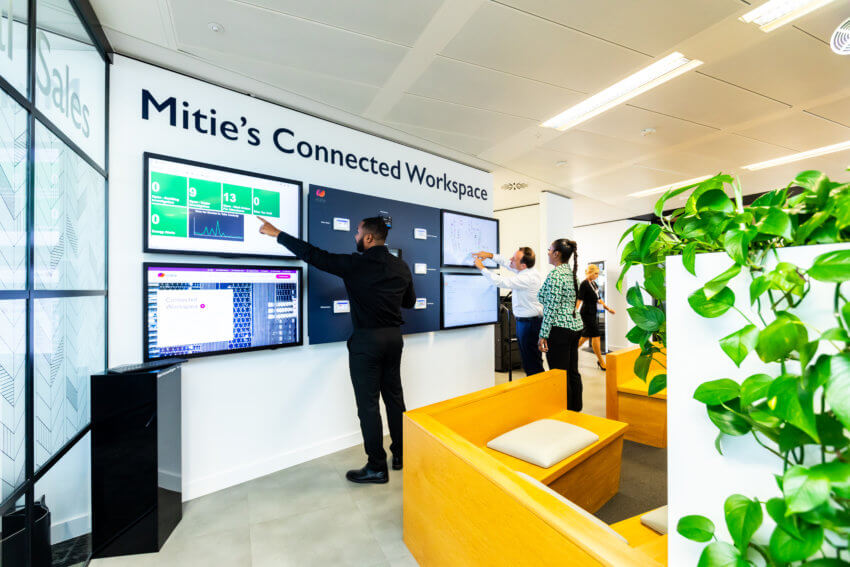
Technology has always played a major part in shaping office design and continues to do so today. Indeed, with the world of work changing so much in recent years, the ability of technology to positively influence how we work is perhaps greater now than it’s ever been. As building systems have become more complex, facilities management has evolved and businesses are more willing to invest in technology to improve workplace efficiency.
Here, we’ll take a brief look at the role technology has played in the evolution of office design and the key tech-related factors influencing the modern workplace.
When did technology start to influence modern office design?
While computers have been around in most offices since the early 1990s, they didn’t initially have much of an influence on how offices were designed or laid out. After all, if you already had open-plan desks, or cubicles big enough to fit a person and a typewriter, then you probably had the space for a desktop computer and everything that went with it.
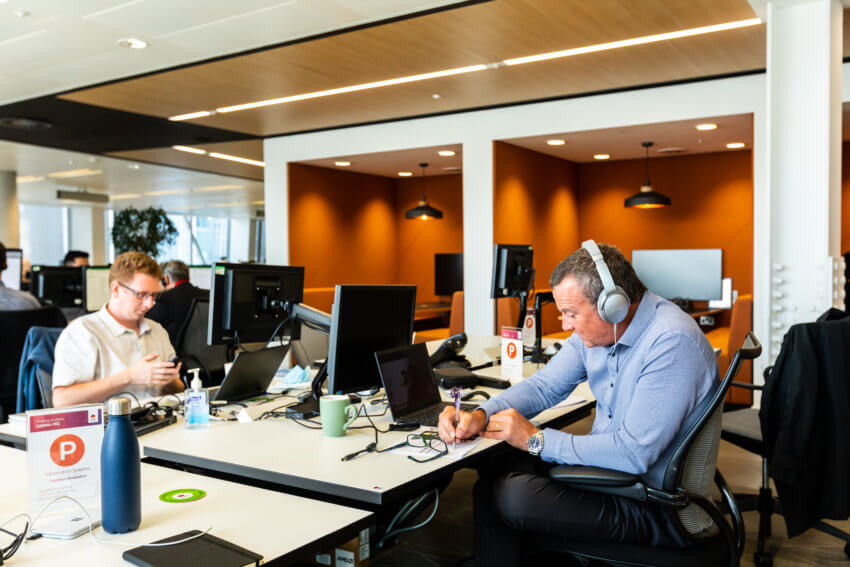
Things really changed when devices became portable with enough computing power to allow people to work anywhere. The rise of laptop technology, followed by tablets and smartphones, meant that employees didn’t have to sit at a specific desk to do their jobs anymore. Hot-desking and the ‘paperless office’ became the norm.
Modern technology has made it easier for businesses to think outside the box and create spaces that focus on improving employee experience as well as their output. As a result, different ideas have emerged. Some companies have kept a more formal working environment that fits with their ethos and image. Others, like those in more creative industries, have explored hot-desking, collaborative breakout spaces, more comfortable furnishings and relaxed options for breaks and team building.
Ultimately, creating spaces that employees enjoyed being in, and using, became far more important than it had been in the past and modern technology became the great enabler.
And then came the pandemic…
Modern office design post-Covid
While flexible working and the concept of working from home weren’t unheard of pre-pandemic, it was still relatively rare. However, when Covid and lockdown restrictions forced offices to close for long periods, millions of people were forced to work from home.
Many found that they liked, and preferred, the flexibility and improved work-life balance that working from home gave them. But that didn’t work for everyone. For example, people in smaller or shared accommodation may have found it difficult to work productively and comfortably from home. They valued the sense of structure, and ability to focus, that the office gave them.
Post-pandemic, many businesses are at a crossroads. They are trying to cater for a diverse workforce with a wide variety of needs and expectations. Now, businesses must consider how to maintain the value of having a physical office to work from, while giving those who prefer working from home more compelling reasons not to.
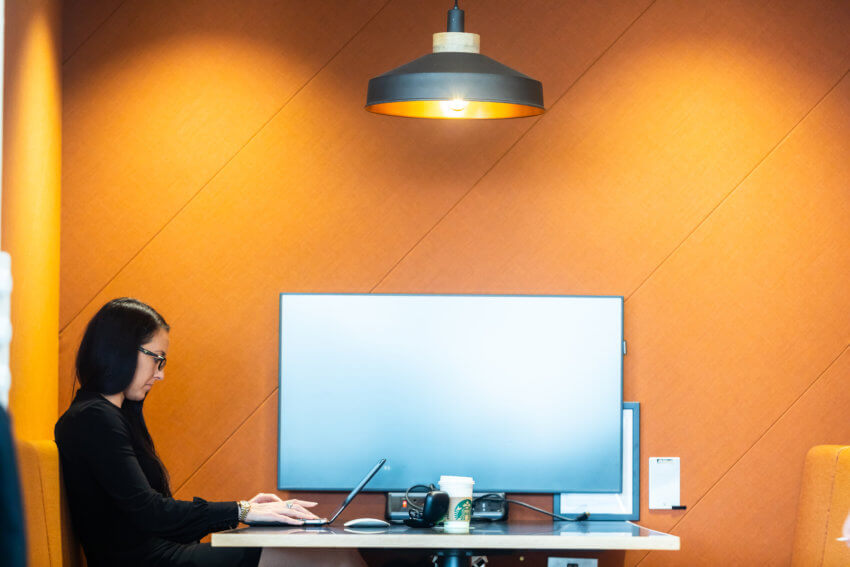
Workplace design has a big part to play in making the office an attractive, enjoyable and flexible place to work for everyone. Many organisations may need to rethink their layouts and upgrade their technology, to enable changing ways of working. There are four key areas to consider where workplace technology could have a positive impact on your employees:
Environmental conditions
Making employees feel relaxed and comfortable in the office means much more than giving them a nice chair. Environmental conditions, like lighting levels, temperature and air quality, are also important, as is the sensor technology that monitors and optimises them. Mitie’s Connected Workspace technology uses environmental sensors and remote monitoring to provide customers with insights into how their workplace environments are managed and how they can be improved to enhance the employee experience.
The right technology can reassure employees that their health and safety needs have been carefully considered. For example, Mitie’s UVC air disinfection technology removes 99.994% of airborne pathogens from indoor air and has helped our customers to improve the confidence of the people using their buildings. Not only does the system reduce the chance of airborne diseases spreading through the workforce but it also improves indoor air quality. And design methods can complement the technology to deliver better workplace experiences. For example, living walls add natural greenery to the office and improve the flow of oxygen, while using more glass in walls and partitions can bring natural light to interior spaces and further enhance feelings of wellbeing.
Improving productivity
Many businesses already use technology, like time-tracking software, to quantify just how productive their employees are. But, as we know, happier employees tend to be more productive and technology can also be used to understand the differences that changes in office design can make.
As part of Mitie’s Connected Workspace offering, we use Sphere, our workplace experience tool, to help customers understand how their employees feel about their workspaces. The data-led insights that they get inform the measures they can take to enhance their workspaces and improve productivity.
Facilitating collaboration
With more people working remotely, video conferencing is even more of a business essential. Naturally, the quality of the conference platform and internet connection are the first things to consider for a smooth-running meeting. But it is just as important to consider the experience for those joining from the office. It is critical that the meeting room technology enables clear interactions between those in the room and those dialling in remotely.
Making better use of the space
As employees can work productively with laptops and tablets, they don’t need as much desk space as they used to. While this doesn’t mean you should pack employees into rows upon rows of desks, it does free up space for other uses. Hot-desking and a reduced number of desks mean that there is more room for relaxing spaces for breaks, comfortable meeting areas for less formal collaboration, and work pods where employees can focus in peace.
With hybrid working, employees need to know that there will be space available for them when they come to the office and good space management technology is essential to democratise the process. At Mitie, we use Aira, our space management system, which enables people to book desk spaces and meeting rooms and, if the mood takes them, they can order refreshments to their desk using the same system.
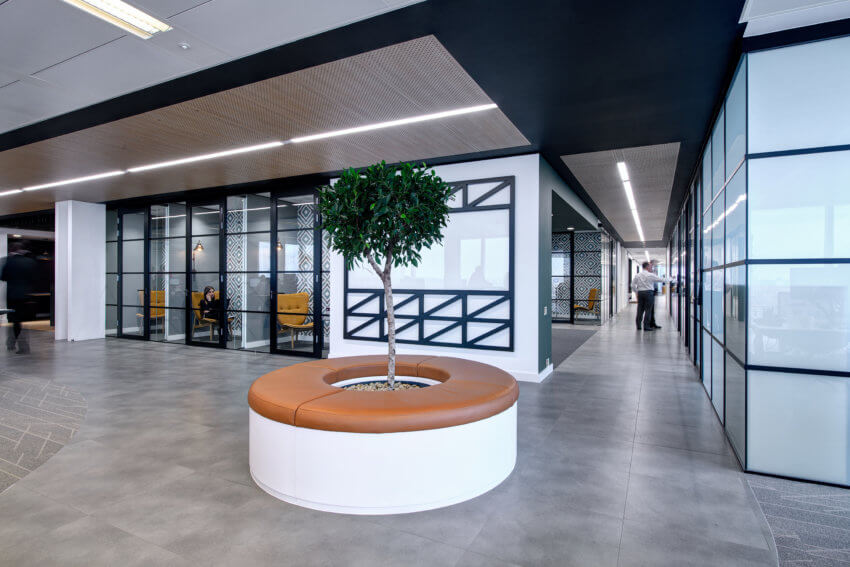
Interested in finding out how technology can enhance your office? Enquire with Mitie today!
If this has piqued your interest, in how your business can harness the latest technology and refresh your office design, Mitie’s workspace design team can help you take the next step. Their experience, supported by our wider project management teams, makes us the perfect partner to help you get the modern office design you want.
Whether you want to unleash employee productivity, make changes that suit hybrid workers, or give your office a more relaxed vibe – or all three – we can help you make it happen.
Contact us today to find out more on our services and expertise in modern office design.
Read next
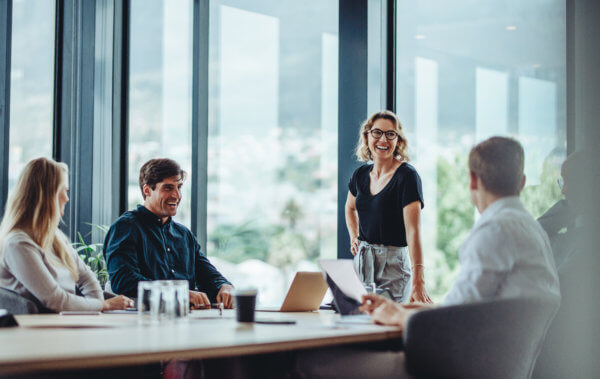
Using technology to support a healthy work-life balance
While being available 24/7, and always on, is considered the norm for many working people, maintaining a healthy balance between work and home life is an ongoing challenge. Working late or at weekends to…
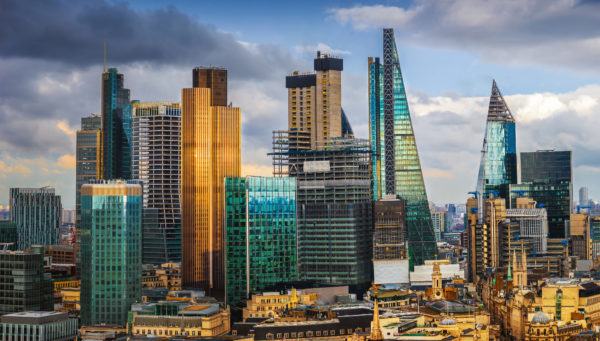
Mitie bolsters hybrid workspace evolution with the launch of Sphere
Mitie has launched Sphere, its new technology solution to help businesses design the most effective workspaces for their people.
Connected Workspace in action
Showcasing Mitie’s Connected Workspace at The Shard, our feature video demonstrates just some of the benefits of Connected Workspace in office environments.
 Skip to content
Skip to content